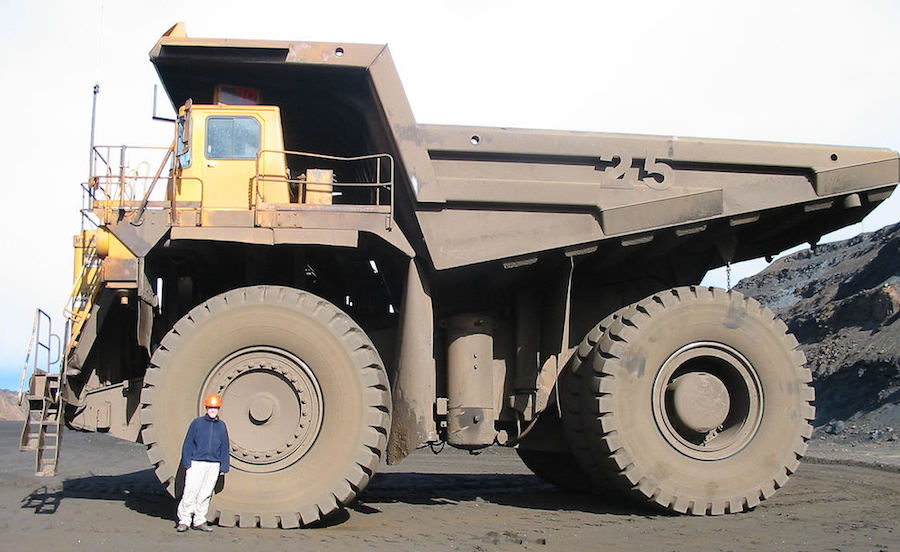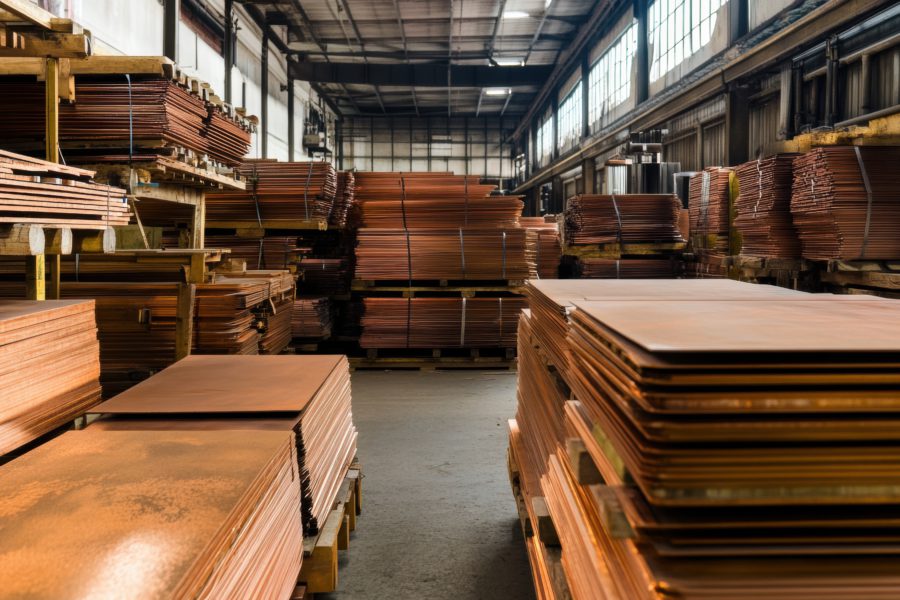U.S. company signs collective agreement to restart Wabush Mines

Miners at the closed-down Wabush Mines in Labrador could be back on the job thanks to the recent signing of a collective agreement with the union.
Five hundred people were thrown out of work in 2014 when Cliffs Natural Resources (NYSE:CLF) shut the gates on the operation in Western Labrador.
Before it closed in 2014, a victim of low iron ore prices, Wabush Mines was Canada’s third largest iron ore operation, with an annual capacity of 6 million tonnes. The site since then has been tied up in regulatory proceedings.
Last week however the United Steelworkers Union had good news to share, telling its members it signed a five-year collective agreement with Tacora Resources, an American company without a functioning website, for the Scully Mine operation.
Part of Wabush Mines, Scully Mine began operating in 1965, with iron concentrate railed to a pelletizing facility in Pointe Noire, Quebec, for shipment to Europe and throughout North America. Before it closed in 2014, a victim of low iron ore prices, Wabush Mines was Canada’s third largest iron ore operation, with an annual capacity of 6 million tonnes. The site since then has been tied up in regulatory proceedings.
“We began discussions with Tacora well over six months ago, maybe more, and they were interested in buying the mine. After several meetings we felt that we had a good, a serious bidder for the mine,” Tony DePaulo, assistant director of the USW, told the CBC.
Before the mine can re-open, however, it needs approval from the provincial government, since the facility is currently under the protection of creditors.
The site generated some excitement in March when it was revealed that four companies offered to put down a $750,000 down payment to buy Wabush Mines.
One of those companies, Alderon Iron Ore Corp., (TSX:IRON), reportedly offered $1 million to buy assets related to the Scully Mine in Wabush, for the purpose of disposing tailings produced from its flagship Kami project, as described in a preliminary economic assessment (PEA).
But it appears that Alderon was subsequently cut out of the arrangement, with Tacora stepping forward with a plan to keep mining for up to 25 more years, versus Alderon’s idea to use the mine as a tailings dump. According to the CBC story, Tacora has a process to separate manganese from iron ore, allowing them to sell both products at a good price. The iron ore produced from Scully is, according to their tests, high-grade.
Meanwhile local news site The Aurora reports that an asset purchase agreement has been signed with Tacora Resources, detailing the responsibilities of Tacora and the former mine owner, Cliffs Natural Resources, for remediating the site.
“Cliffs Natural Resources, through its subsidiary, currently holds the responsibility and financial risk for environmental remediation and will be held accountable to ensure that continues with any purchaser,” The Aurora quoted from a provincial government press release.
“A key focus during our discussions with interested parties has been to ensure the protection of the people of the province, and in particular Wabush, of the financial liabilities of the site,” said Natural Resources Minister Siobhan Coady.
Image of a mining truck used at Wabush Mines by Neil and Kathy Carey, sourced on Flickr via Creative Commons license.
{{ commodity.name }}
{{ post.title }}
{{ post.date }}



3 Comments
Robin
Wabush Mines has manganese, not magnesium. The conversion of the plant to remove manganese was already 33% done in 2013 and was a success. The manganese tails can be concentrated to a saleable product with a simple modification of the old high tension process.
Itabirite
As Robin notes, the problem at Wabush is Mn not Mg. However, while plant modifications using REM can remove Mn, it cannot be upgraded to a saleable product, and there are associated iron unit losses. A company ‘without a functioning website’ is unlikely to bring anything other than false hopes and dashed opportunity.
Marc
Who is this tacora ressources? Not much can be found about them on the internet…?????